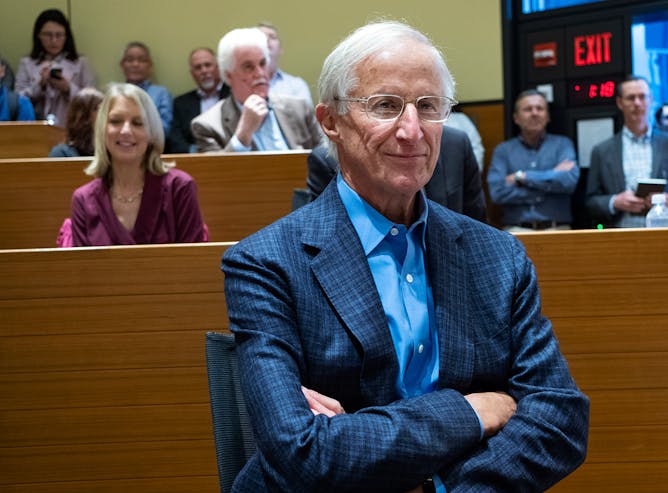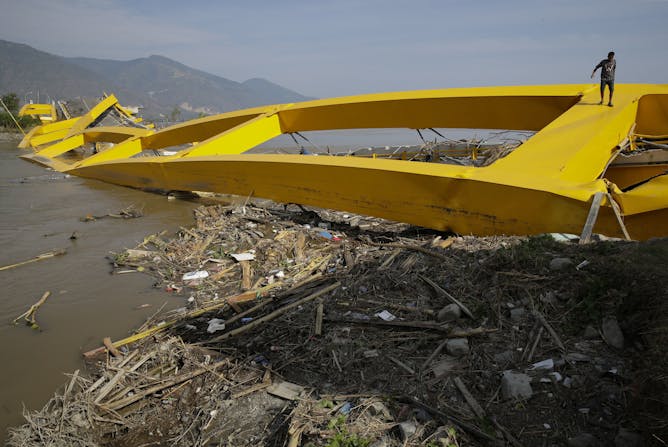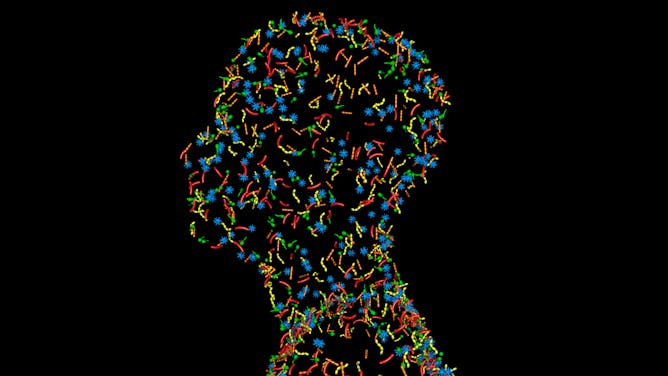|
|
|
Editor's note
|
|
On a day when a U.N. panel warned of global catastrophe if humans don’t do something about climate change soon, the shared award of a Nobel to an economist who believes we can still avoid calamity offered a ray of hope, write Andrew J. Hoffman and Ellen Hughes-Cromwick. The University of Michigan scholars explain why William Nordhaus’ work on economic modeling and carbon taxes deserves recognition and points the way to solving
the challenge of a changing climate.
University of Richmond anthropologist Jennifer Nourse was stunned to learn of the earthquake and tsunami that ravaged Palu, a city on the Indonesian island of Sulawesi. For over 30 years, she’s conducted fieldwork in Central Sulawesi, watching Palu grow from a quaint port town to a prosperous hub of commerce. While Palu’s destruction has been well-documented, Nourse fears what will happen to the isolated rural communities she has
studied – places that have long relied on Palu for medical care, education and government support.
Just because you are feeling healthy and don’t have the sniffles doesn’t mean that your body isn’t teeming, inside and out, with trillions of viruses. If these viruses aren’t making us sick then what, exactly, are these microscopic organisms doing in our body? UCSD’s David Pride explains and introduces us to the human virome.
|
Bryan Keogh
Economics + Business Editor
|

|
|
Top stories
|

William Nordhaus argues markets can help curb climate change.
AP Photo/Craig Ruttle
Andrew J. Hoffman, University of Michigan; Ellen Hughes-Cromwick, University of Michigan
William Nordhaus showed that the market offers the best chance for preventing global catastrophe form climate change.
|

A bridge in Palu, Central Sulawesi, Indonesia, was destroyed in the recent earthquake and tsunami.
AP Photo/Aaron Favila
Jennifer Nourse, University of Richmond
The devastation of the recent earthquake and tsunami might be most visible in Palu, the capital city of Central Sulawesi. But the province’s rural areas could ultimately suffer the most.
|

Every surface of our body – inside and out – is covered in microorganisms: bacteria, viruses, fungi and many other microscopic life forms.
vrx/Shutterstock.com
David Pride, University of California San Diego; Chandrabali Ghose, The Rockefeller University
Just because you don't have the flu doesn't mean that your aren't teeming with viruses inside and out. But what are all these viruses doing, if they aren't making you sick?
|
Politics + Society
|
-
Helder Ferreira do Vale, Hankuk University of Foreign Studies
After four years of economic crisis and corruption, Brazilians have never trusted their government less. They showed their frustration Sunday, voting for two ideologically opposed candidates.
-
B. Jessie Hill, Case Western Reserve University
Many states are also eroding a woman's right to access abortions.
|
|
Environment + Energy
|
-
Mark Howden, Australian National University; Rebecca Colvin, Australian National University
Limiting global warming to 1.5C is a tough challenge but still within reach, according to a landmark report from the Intergovernmental Panel on Climate Change commissioned after the 2015 Paris summit.
-
Howard J. Herzog, Massachusetts Institute of Technology
The UN's panel on climate change said that technologies to remove CO2 will be necessary to limit global temperature rise to only 1.5 degrees Celsius. But these techniques are largely unproven.
|
|
|
|
|
|
|
|
|
|
From our International Editions
|
-
Winston Morgan, University of East London
We need action to increase the number of black scientists if we're ever to see a black Nobel winner.
-
Lionel Page, Queensland University of Technology; Dipanwita Sarkar, Queensland University of Technology; Juliana Silva Goncalves, Queensland University of Technology
The reason isn't your astrological sign, but rather the role your birth date plays in deciding when you enter school. Children who are older than their peers in school tend to do better.
-
Michelle Stack, University of British Columbia
What Strickland achieved is impressive. But it isn’t a sign that the patriarchy is being smashed.
|
|
|
|
| |
| |
|
|
|
|
|
|
|